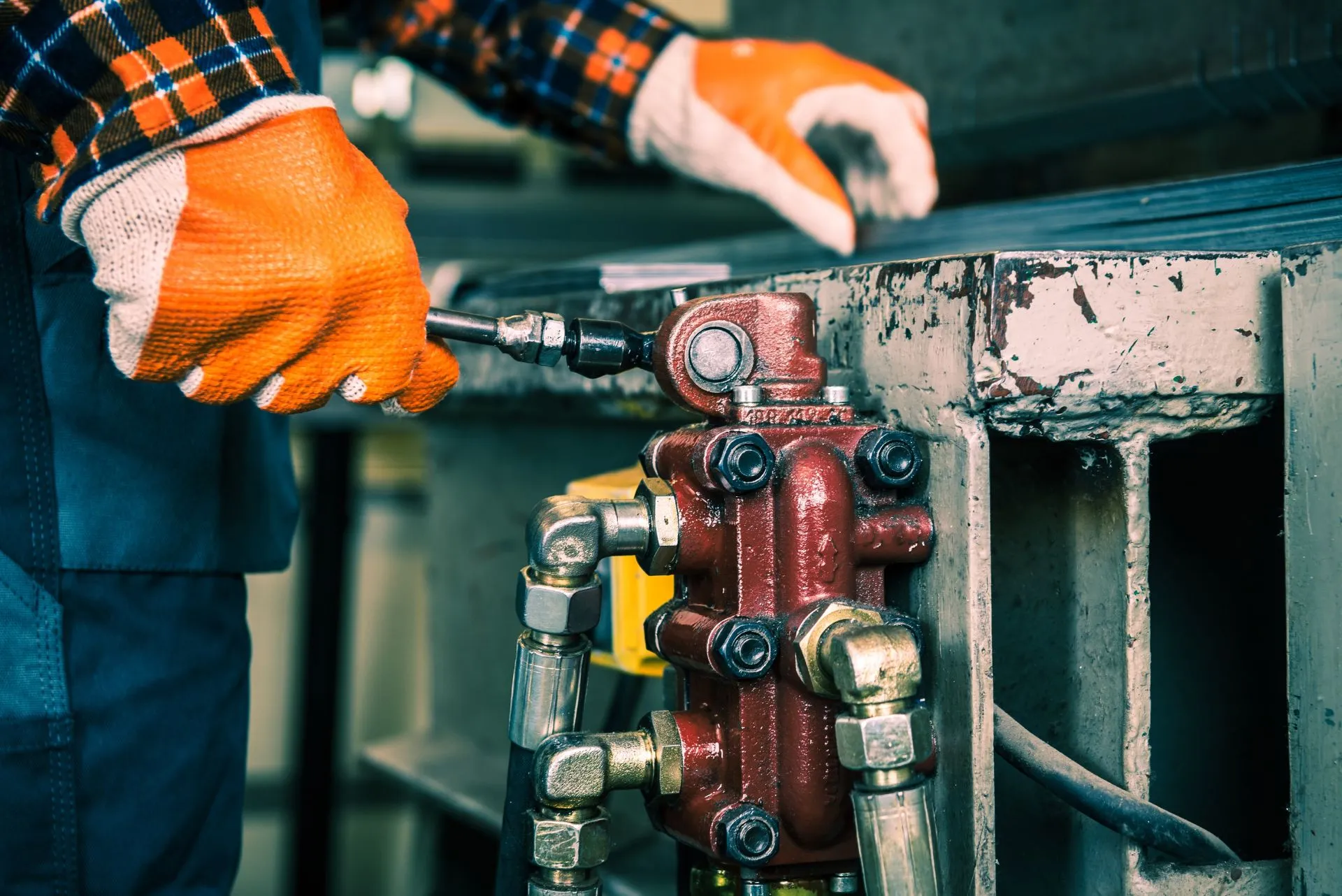What Causes Hydraulic Fluid to Foam

Is foaming hydraulic fluid a significant concern, or is it a minor inconvenience? You might want to reconsider it.
If you ignore it, it can cause issues with your final drive motor if you don’t fix it. Foaming is a common problem, but there are a few simple solutions.
Air bubbles in hydraulic fluid with a diameter more significant than one millimeter (roughly the thickness of an ID or credit card) are known as foam. Air from a free surface is commonly combined with hydraulic fluid. Air bubbles arise when air is trapped in a liquid. Foam is formed as the bubbles rise to the surface of the hydraulic fluid.
Hydraulic Fluid Foaming Issues
However minor, foaming has the potential to cause the following:
- Overflowing reservoir
- Compromised ability to lubricate
- Premature aging of hydraulic fluid due to oxidation
- Inhaled air
It can lead to cavitation and pitting damage if foaming causes your hydraulic fluid to contain entrained air. Lubrication and cavitation problems are the most critical for your final drive.
How Hydraulic Fluid Bubbles Form
Hydraulics & Pneumatics explains how air entrainment occurs:
- As pressure decreases, dissolved air is released (e.g., orifices, valves, and where the hydraulic fluid returns to the reservoir)
- Hydraulic system failure due to improper system bleeding.
- A vacuum created by leaks (i.e., suction line)
- Surface-active compound contamination
- Contamination prevents antifoam or air release chemicals from doing their work due to precipitation.
- As the fluid is being introduced to the system, it will splash.
Hydraulic reservoirs that aren’t adequately designed
Let’s now discuss the most plausible locations for forming these bubbles. Drops in system pressure can be problematic just about anywhere. Throttles and orifices can have pressure dips significant enough to cause the formation of bubbles. It might be very hazardous when a valve is suddenly opened at the end of a pipe. Bubbles can also occur near pipe connections and branches. Shockwaves can cause bubbles to appear when a pump suddenly stops working.
What Leads to Hydraulic Oil Foaming?
If your hydraulic fluid foams according to Causes and Solutions for Foaming in Oil, there are several reasons for this. These are a few examples:
- Water, sediments, or grease contamination is possible.
- Contamination by the incorrect fluid type
- Hydraulic fluid aeration is excessive (which is usually a mechanical issue)
- A decrease in the efficiency of the pump
- Defoamant can still form even if you’ve previously been using it, if you’re using too much or if it’s depleted.
Engineers in Hydraulics Design Systems to Prevent Foaming
Engineers will take steps to prevent foam from forming while constructing a hydraulic system. Baffles in the reservoir, for example, prevent fluid from the return line from flowing directly into the pump. Around the reservoir are breather filter covers as well. As fluid is pumped in and out of the reservoir, these devices are critical in maintaining the reservoir’s atmospheric pressure.
Resolving the Problem of Foamy Hydraulic Fluid
Hydraulic fluid can be treated with an anti-foaming chemical to prevent foam forming. Ester or silicone oil is commonly found in anti-foaming products. There is a thick layer of them on the surface of the fluid and foams. “Popping” the bubbles eventually releases trapped air. You can see how they function in this video.
How to Prevent Hydraulic Oil From Being Contaminated by Air
Hydraulic oil contaminants include any substance interfering with the fluid’s correct operation. Because air meets this criterion, any time it gets into the oil, damage to the oil and the other hydraulic system components is specific.
There are four ways that air can exist:
1. Dissolved air
Between 6% and 12% of the volume of hydraulic oil is made up of dissolved air.
2. Air that has been entrained
Sub-millimeter-sized bubbles of air dissolved in the oil.
3. Foam
a substance used to create foam. Larger-than-average air bubbles collect on the oil’s surface.
4. Entrapped Air
Entrapped air is the most difficult of the four. Free air may generally be eliminated during startup by pre-filling components and properly bleeding the hydraulic system. In most cases, little volumes of foam offer no health or safety concerns. It’s important to note that enormous volumes of foam can indicate even more severe air contamination and/or oil decomposition problem.
